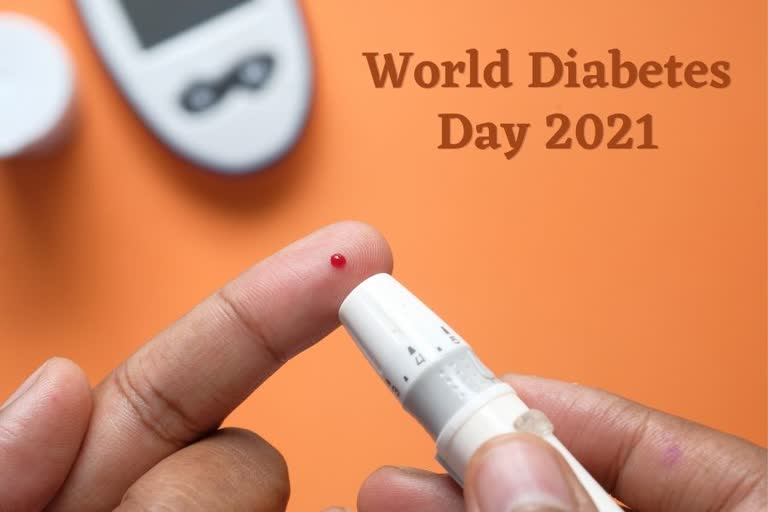“The number of people with diabetes rose from 108 million in 1980 to 422 million in 2014. Prevalence has been rising more rapidly in low- and middle-income countries than in high-income countries. Between 2000 and 2016, there was a 5% increase in premature mortality from diabetes. In 2019, diabetes was the ninth leading cause of death with an estimated 1.5 million deaths directly caused by diabetes”, states the World Health Organization (WHO).
What is diabetes?
WHO explains that Diabetesis a chronic disease that occurs either when the pancreas does not produce enough insulin or when the body cannot effectively use the insulin it produces. Insulin is a hormone that regulates blood sugar. Hyperglycaemia, or raised blood sugar, is a common effect of uncontrolled diabetes and over time leads to serious damage to many of the body's systems, especially the nerves and blood vessels.
Diabetes basically has 4 types, that include:
About 95% of people suffer from type 2 diabetes, which can be prevented or delayed through simple lifestyle changes. To help prevent type 2 diabetes and its complications, WHO recommends people to:
- Achieve and maintain healthy body weight;
- Be physically active – doing at least 30 minutes of regular, moderate-intensity activity on most days. More activity is required for weight control;
- Eat a healthy diet, avoid sugar and saturated fats; and
- Avoid tobacco use – smoking increases the risk of diabetes and cardiovascular disease.
Unfortunately, diabetes does not solely affect a person. It carries with itself other health conditions too, like obesity, blindness, kidney failure, heart attack, stroke and lower limb amputation, which is worrisome. However, the key is to keep your blood sugar levels or diabetes in control. Here are a few tips on how to do it.
Managing Diabetes Through Food
Our Expert Nutritionist and Diabetes Educator Divya Gupta opine that portion size and tracking the carbs in food is the mantra to Diabetes management. Furthermore,
- Choose healthier carbohydrates. You can eat brown rice, whole-grain bread, whole-grain pasta, buckwheat, quinoa, millets, oats, low-sugar bran flakes, etc. Cut down on foods low in fiber such as white bread, white rice, and highly processed cereals.
- Green leafy vegetables are packed full of essential vitamins, minerals, and nutrients. They also have minimal impact on blood sugar levels. Green leafy vegetables include cabbage, broccoli, kale, spinach, etc.
- Whole fruit is good for everyone, even for diabetics. Fruitsdo contain sugar, but it is natural sugar. Products like fruit juices also count as added sugar, so go for whole fruit instead like citrus fruits, pears, plums, strawberries, cherries, etc.
- Healthy fats from nuts, seeds, olive oil, fish oils, flaxseeds, or avocados.
- High-quality protein such as eggs, beans, low-fat dairy, lean meats, and unsweetened yogurt.
- Avoid packaged and fast foods, especially those high in sugar, baked goods, sweets, chips, desserts. Check labels and opt for low sugar products.
- Avoid drinks that contain a lot of sugar, such as energy drinks, some coffees, and sakes that can imbalance a person’s insulin levels.
- Eat less Red and Processed Meat – Try swapping red and processed meat for pulses such as beans and lentils, eggs, fish, chicken, turkey, unsalted nuts.
- If you want a snack, choose yogurts, unsalted nuts, seeds, fruits, and vegetables instead of chips, biscuits, and chocolates. Opt for healthier snacking options.
- Cinnamon and Turmeric(curcumin in turmeric) help to reduce blood sugar levels.
- Also, according to studies, Bitter gourd (karela) juice helps in lowering blood glucose levels. Drink it early in the morning on an empty stomach.
Also Read:Post-COVID Fatigue Is Most Prevalent In Diabetes Patients: Study
